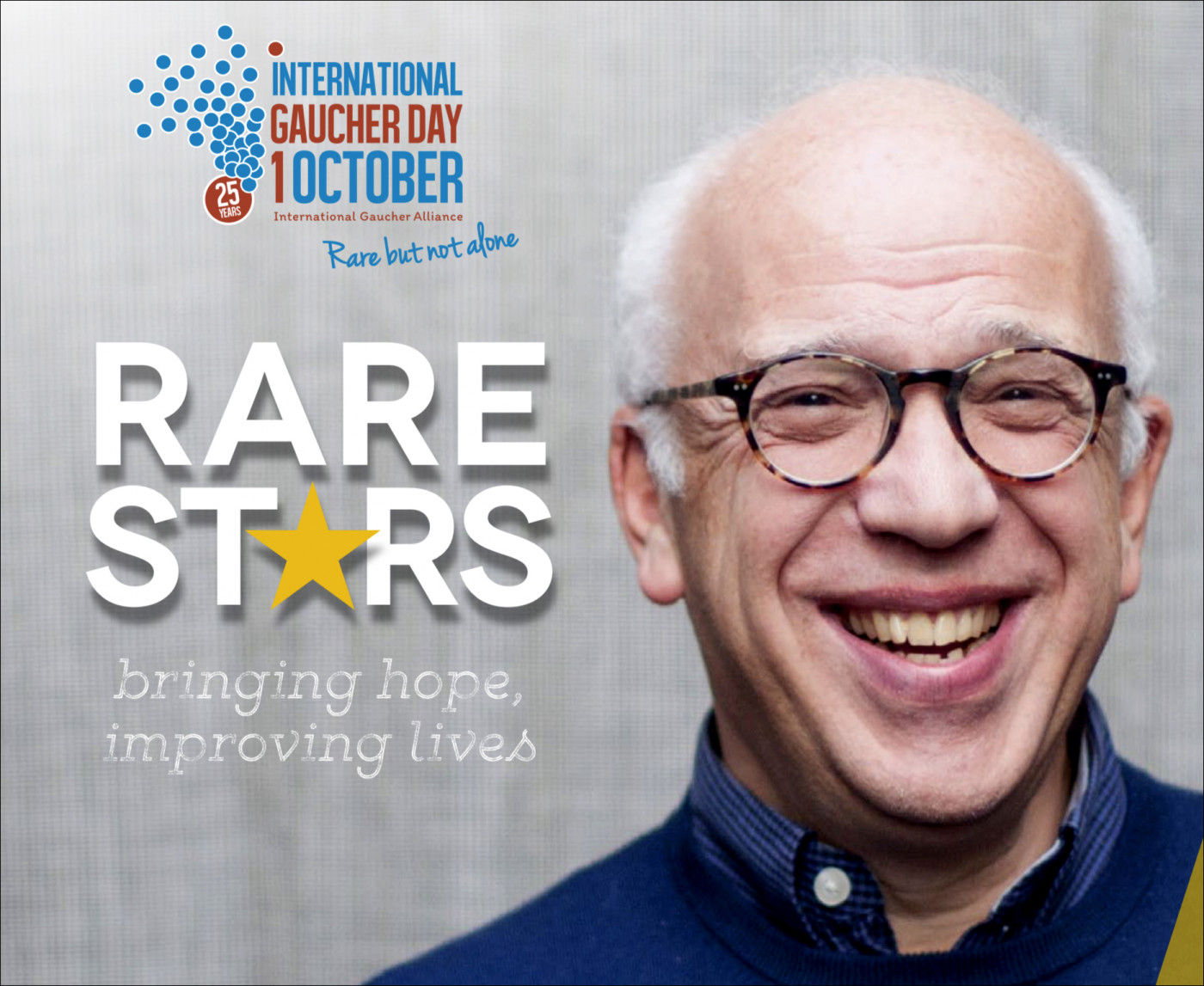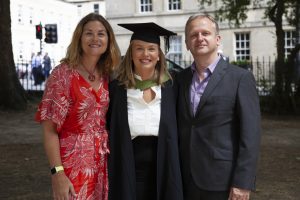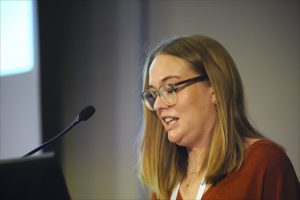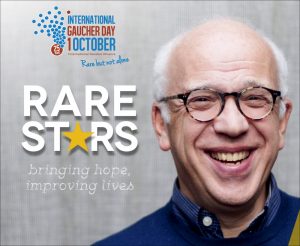IGA Uses Tattoos, ‘Rare Stars’ to Mark Oct. 1, International Gaucher Day
Written by |

Jeremy Manuel has received special recognition from the International Gaucher Alliance.
What began in the early 1990s as an informal gathering of seven European patient groups in the Italian port of Trieste has evolved into the world’s largest charity for Gaucher disease.
The International Gaucher Alliance (IGA) — founded by France, Germany, Great Britain, Israel, Italy, and the Netherlands — this year marks its 25th anniversary. The IGA’s 52 member associations today represent 50 countries, including China, India, Pakistan, and South Africa. The newest member is Brazil, which joined IGA earlier this year.
Together, they’re home to some 85% of the world’s Gaucher population, said Tanya Collin-Histed, the organization’s CEO.
Ahead of Oct. 1 — International Gaucher Day — Collin-Histed said progress in treating Gaucher over the past 25 years has been remarkable.
“We now have five licensed treatments for Gaucher. Many of our patients now have access to treatment, and their quality of life has significantly improved,” Collin-Histed told Gaucher Disease News in a phone interview from Manchester, England. “However, we also have patients with type 2 and type 3, in which there is currently no treatment for the neurological aspects of the disease.”
“However, a significant number of companies are interested in developing treatments for types 2 and 3,” she said without elaborating. “We are working with all those companies to make sure the right patients get the right drug.”
‘Rare Stars’ and tattoos
In the U.S. and Western Europe, type 1, which is usually treatable, accounts for 90% of all Gaucher cases. Another 9% have type 3, and the remaining 1% have type 2 — a severe form of Gaucher that is generally fatal by age 2.
But between 60% and 70% of Gaucher patients in countries such as Egypt and Pakistan have type 3, which usually occurs at a later age than type 2 and progresses slowly into adulthood.
“We’re learning that in different parts of the world, types 2 and 3 are much more prevalent than type 1,” said Collin-Histed, whose 25-year-old daughter, Madeline Collin, has Gaucher type 3.
To call attention to International Gaucher Day — now being marked for the sixth year — the group is continuing its 2018 theme of “Rare Stars.”
The theme seeks to raise disease awareness and recognize key supporters — parents, siblings, friends, advocates, and medical professionals — by “focusing on those unseen rare stars who have supported Gaucher patients” during their illness, according to the organization.
“We’ve asked our members to nominate people who have made a difference in their lives. And we’ve asked them to submit a photograph of their ‘rare star’ and why they’ve nominated them. We will be using that in a social media awareness campaign,” Collin-Histed said.
In addition, the IGA is distributing 5,000 tattoos for Gaucher patients and their families.
“The idea is to wear the tattoos as a sort of talking point, and to photograph themselves and put on social media, so that other people see them and ask about the tattoo to raise awareness,” she said.
Jeremy Manuel gets special star
International Gaucher Day was originally celebrated on July 26 — the birthday of Philippe Charles Ernest Gaucher, the French dermatologist who first described the disease in 1882. But because that day coincided with summer holidays, the date was moved to Oct. 1.
This year, the IGA has singled out Britain’s Jeremy Manuel — a London real estate lawyer and the group’s honorary president — for special recognition.
One of the founding members of the UK Gauchers Association, Manuel has dedicated more than 30 years of service to the Gaucher community worldwide.
Manuel, who was knighted by Queen Elizabeth II for his charitable efforts, founded the UK Gauchers Association in 1991 and chaired that group until 2012. He also has worked to improve access to treatment across Eastern Europe through charitable access programs.
“I have become the poster boy of International Gaucher Day,” Manuel said in a phone interview from London. “My late mother, Helen Manuel, was a Gaucher patient who died in 1984. She had never met another Gaucher patient, and after she died, the family decided they wanted to raise money and support research into Gaucher disease.”
“The aim of International Gaucher Day is to raise awareness of Gaucher disease and the needs of patients — whether it be unaddressed medical manifestations of the disease, or the inability of Gaucher patients to access available treatments,” Manuel said. “The IGA is there to support patient groups around the world.”






